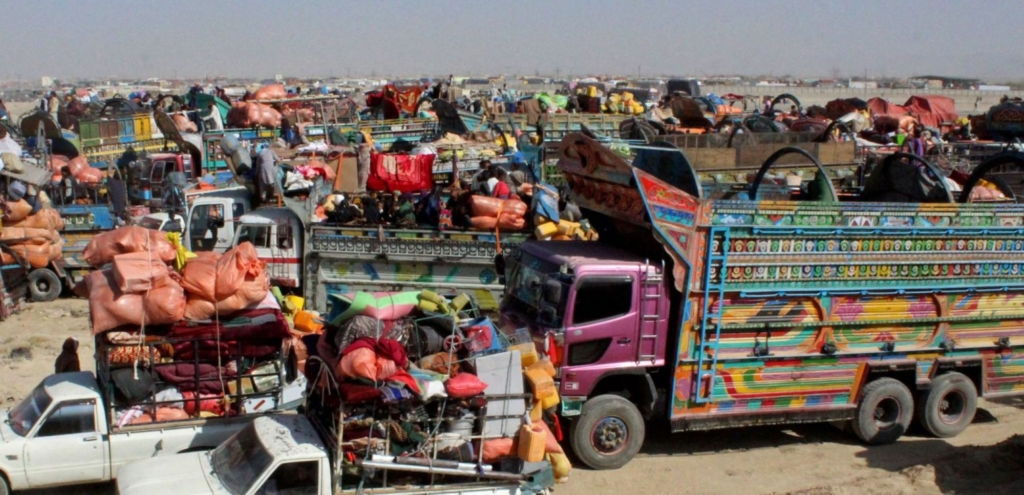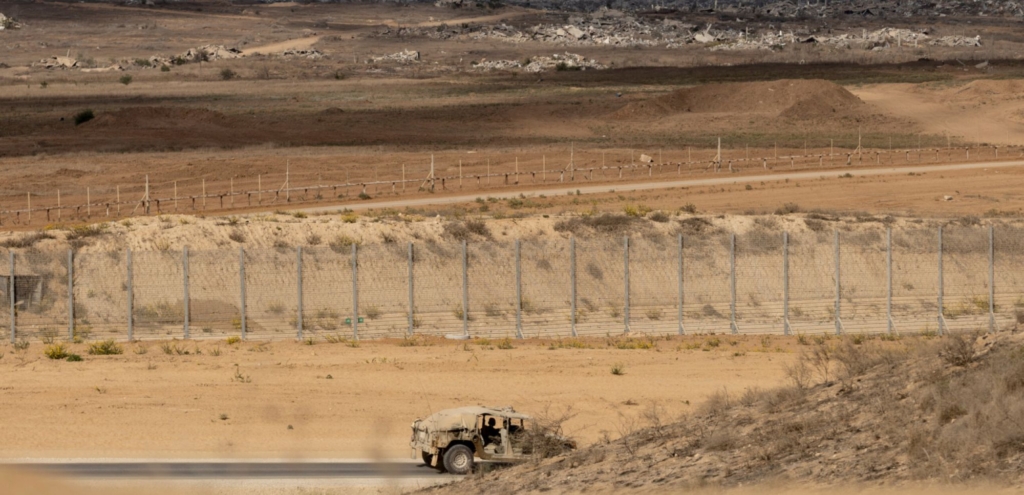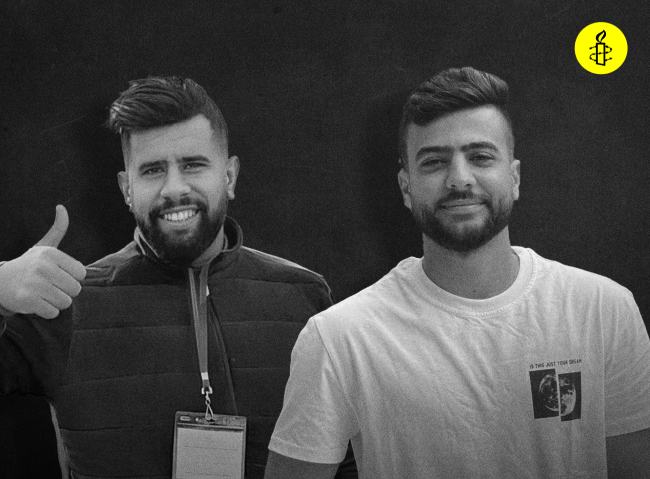By Lamri Chirouf, Amnesty International’s delegate in the Occupied Palestinian Territories
Last month we drove northwest from Ramallah to visit the small village of Budrus, which gained international attention a decade ago when residents started protesting against the fence/wall erected by Israel.
Regular protests there against the Israeli occupation of the West Bank continue, and clashes between village youths and members of the Israeli army have become a weekly, if not daily, occurrence.
The main reason behind the protests is still the wall, described by the Israeli government as a security fence and by Budrus residents, and Palestinians throughout the West Bank, as an ‘apartheid wall’ and a way for the Israeli government to annex more Palestinian lands.
The majority of the wall is located inside the Occupied Palestinian Territories (OPT). In Budrus, it consists of rolls of barbed wire, multiple fences and sensors, and a road on the other side patrolled by Israeli military jeeps, all of which work to separate villagers from their farming lands.
There are no Israeli settlements or towns nearby, but Israeli troops regularly enter the village. The encounters between them and Budrus residents can be fatal.
We visited the fresh grave of a 16-year-old boy, Samir ‘Awad, buried in the cemetery next to his school in the west of the village, about half a mile from the wall.
Scattered between the graves were different kinds of tear gas canisters shot by the Israeli army during confrontations.
Witnesses and village authorities told us that Samir’s life was cut short on 15 January 2013, when he was shot by Israeli soldiers with live ammunition, after he went through an opening in the first barbed wire fence while hanging out with his friends after finishing their exams.
“We used to go down to the fence and throw rocks at the sensors and try to cut parts of it. It is our way to protest the occupation,” Samir’s friend told Amnesty International.
Witnesses we spoke to claimed that the soldiers had ambushed the youths before shooting Samir in the back and head from close range without giving him a chance to get out of harm’s way. An inquiry by B’Tselem, a leading Israeli human rights organization, found that the soldiers were not in any danger and shot Samir ‘Awad in contravention of open-fire regulations. This would mean that it was an unlawful killing.
The Israeli authorities’ first obligation is to conduct a thorough, independent, prompt and effective investigation, but Israel’s military investigations consistently fail to meet these international standards. Even though Israel’s military police have opened an investigation into Samir’s death, village residents believe that those responsible for killing him will not be held to account, as in so many other cases throughout the OPT.
This climate of impunity allows for daily abuses by Israeli forces in the OPT.
Villagers in Budrus told us that the whole population suffers from the effects of tear gas every time there is a confrontation with the Israeli army. The soldiers use it extensively, including inside the village, often firing directly at villagers and their homes even though this is against army regulations. Villagers choke on the gas and some have been hit by gas canisters and injured.
We had a taste of this ourselves. That afternoon in the cemetery, we had a panoramic view of a confrontation between several youths and a number of soldiers.
Three youths started walking towards four army vehicles parked behind the wall, throwing stones. However, before they got close to them they were intercepted by two soldiers fully equipped with weapons who entered the village through a gate in the wall, followed by a military vehicle. The soldiers began firing large amounts of tear gas.
My colleague filmed the beginning of the confrontation. As the tear gas reached us, many of the children around me started running away from the gas towards their homes.
My eyes started to water and burn with a stinging irritation, and I started to find it difficult to breathe. My colleague who was filming had made good use of a scarf to cover his mouth and nose, but he was also suffering. His eyes were visibly watery and red and he could barely keep them open. I suggested he move away but he insisted on continuing to film as the soldiers descended on the four youth while firing more tear gas at them.
I decided to move away as the pain in my eyes was worsening, as were my breathing problems. I planned to walk as far away as possible until I could find an area in the village free from tear gas, then wait for my colleague to join me.
As I walked through the village I came across a group of children who had been playing football when I passed them earlier. They had stopped their game, covered their faces, and were rushing to their homes.
One of the children turned to look at me on the threshold of his house and said: “The gas affects us indoors too”.
I continued walking eastward, but the tear gas drifted in the same direction. When I reached the easternmost end of the village I realised that it was wishful thinking that I could escape its effects.
As I stood there waiting, my eyes were still in pain and the banging of the tear gas launchers could still be heard. The launcher was still shooting canisters when my colleague finally joined me about 40 minutes after the beginning of the incident. He had left the scene soon after I did, going to a home to interview a boy who had been injured in a previous confrontation with the army, but even inside, he said he could still feel the gas.
This persistent use and abuse of tear gas doesn’t make the headlines, but nobody should have to live day after day in such conditions, and the soldiers responsible for these daily abuses should be held accountable.























